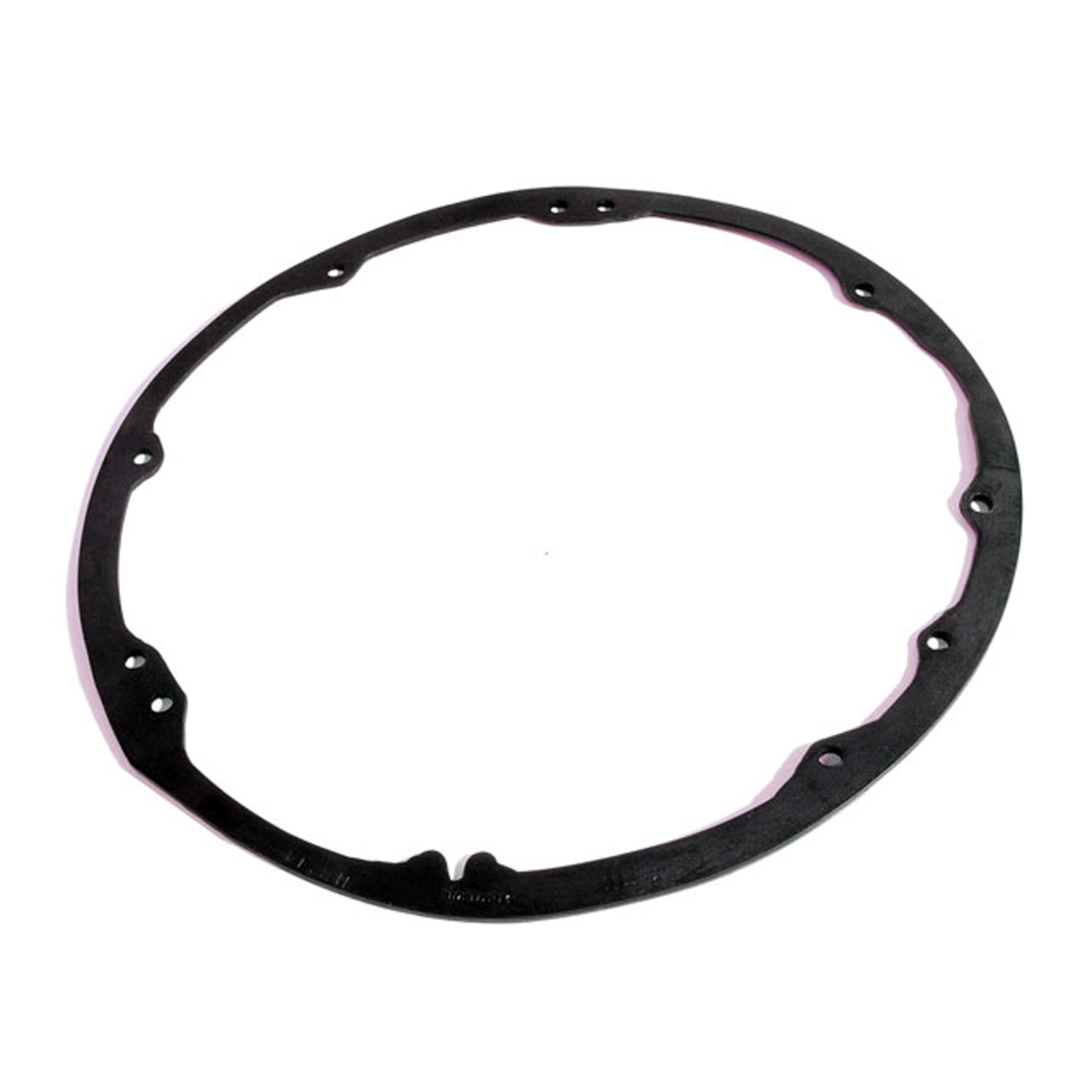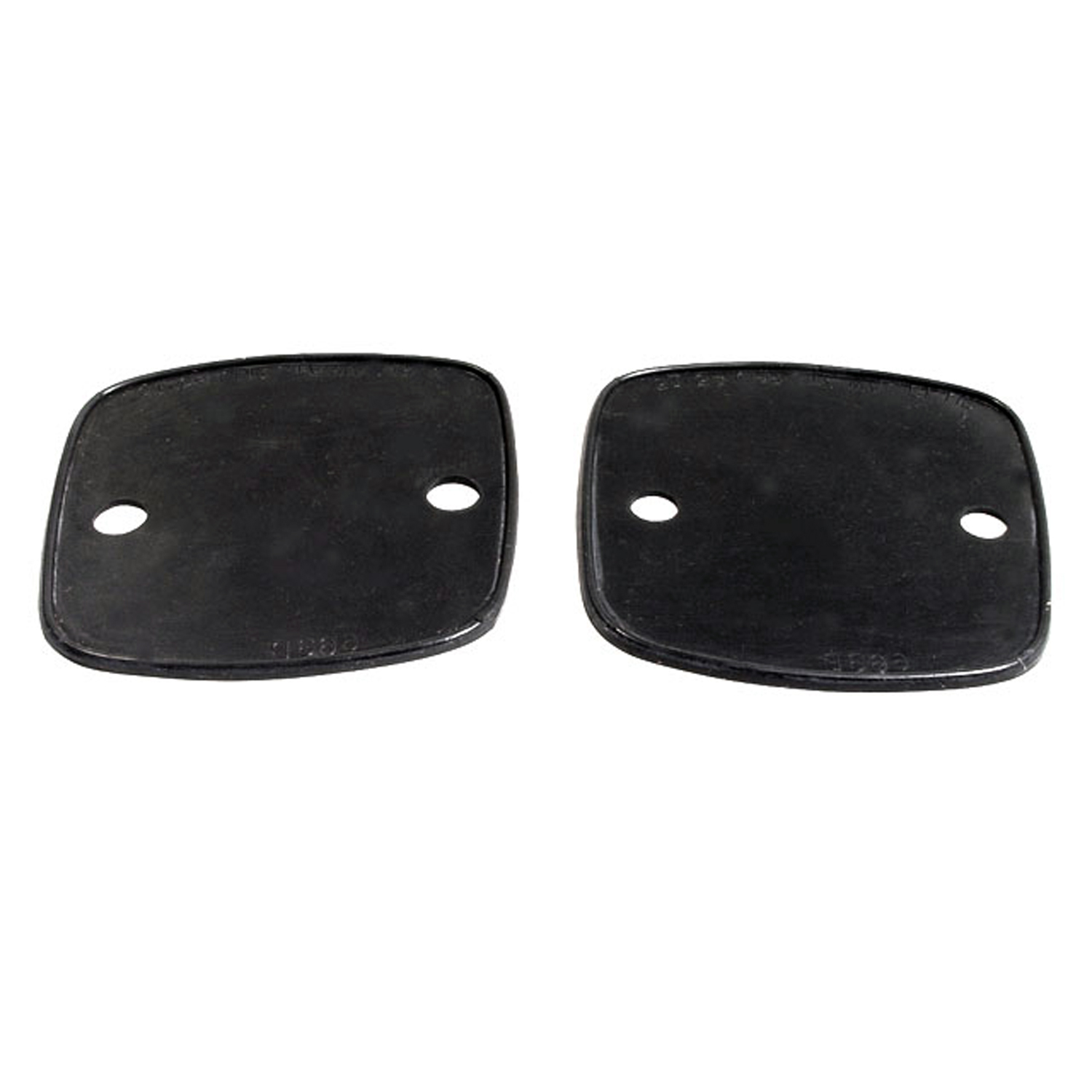Image of 1953 Desoto Firedome, Note: These illustrations use artistic license and may differ from actual historical models.
Performance Metrics
Fundamental Metrics
Emotional Appeal
MMP Rating
| Engine Specifications | |
|---|---|
| Engine: | Hemi V8 |
| Displacement: | 276 cu in (4.5 L) |
| Horsepower: | 160 hp |
| Torque: | 235 lb-ft |
| Compression Ratio: | 7.0:1 |
| Ignition System: | 12-volt electrical system |
| Cooling System: | Liquid-cooled |
| Performance Specifications | |
| 0-60 Time: | Estimated 15 seconds |
| 1/4 Mile Time: | Not available |
| Top Speed: | 100 mph |
| Transmission and Drive | |
| Drive Type: | Rear-wheel drive |
| Transmission Type: | 2-speed PowerFlite automatic |
| Fuel and Efficiency | |
| Fuel System Type: | Carburetor |
| MPG: | Estimated 15-20 mpg |
| Dimensions and Brakes | |
| Brakes: | Drum brakes |
| Wheelbase: | 125.5 inches |
| Weight: | 3,700 lbs |
Note: Specifications for classic cars are given to the best of our ability, considering the limited and variant data available.
1953 DeSoto Firedome: A Leap Forward in Post-War Automotive Excellence
The 1953 DeSoto Firedome stands as a testament to the ingenuity and resilience of the post-war American automotive industry. Born from the storied production lines of the DeSoto division of Chrysler, this vehicle emerged as a shining example of design and innovation during an era of great transformation. The Firedome's introduction marked a pivotal moment for DeSoto, as it was the first model to feature the division's groundbreaking Hemi V8 engine, setting new standards for power and performance in the early 1950s.
Design and Innovation
With its sweeping lines and bold chrome accents, the exterior of the 1953 DeSoto Firedome exuded a sense of forward motion even at a standstill. The car's front grille, with its distinctive tooth-like vertical bars, became an iconic symbol of the era's automotive design language. Inside, passengers were greeted with an array of luxurious materials and thoughtful touches, from plush upholstery to elegantly styled instrument panels that mirrored the exterior's flair. Technological advancements were not limited to aesthetics; the Firedome boasted features such as power steering and power brakes, which were considered cutting-edge at the time. Color options ranged from stately single tones to eye-catching two-tones, with hues like Seaspray Green and Blaze Red capturing consumers' imaginations. Among the various body styles available, including sedans, coupes, and convertibles, the convertible emerged as a particularly sought-after choice for its open-air driving experience.
Historical Significance
The 1953 DeSoto Firedome's release coincided with a period of intense competition among American automakers. Its V8 Hemi engine not only provided superior performance but also demonstrated Chrysler's commitment to innovation. This technological leap would go on to influence engine design for decades, cementing the Firedome's place in automotive history.
Performance and Handling
Underneath its stylish hood lay a 276 cubic inch Hemi V8 engine that propelled the Firedome from 0-60 mph with vigor uncommon for cars of its time. The top speed was equally impressive, allowing drivers to cruise comfortably at highway speeds that modern motorists take for granted. Handling was enhanced by improvements in suspension design, providing a smoother ride over varied terrain. Drivers often remarked on the throaty rumble of the engine—a sound that became synonymous with American automotive power.
Ownership Experience
The 1953 DeSoto Firedome served multiple roles—from daily transportation to weekend showpiece—and even found its way onto racetracks. Owners praised its reliability and relative ease of maintenance, considering the complexity of its advanced engine. However, like many vehicles of its era, it required more frequent upkeep than today's cars.
Fun Facts
The Firedome has graced both small and big screens in period films and television shows, adding authenticity to historical settings. While not known for breaking speed records, it did set sales records for DeSoto at the time. Criticisms were few but did include remarks about fuel consumption—a common trait among powerful engines of that period.
Collector's Information
Today, a well-preserved 1953 DeSoto Firedome can fetch a wide range in value depending on condition and originality, with estimates ranging from $15,000 to over $50,000 for pristine examples. Production numbers were substantial for their time but surviving models are increasingly rare due to age and attrition. As such, they are considered desirable by collectors with appreciation potential.
Conclusion
The 1953 DeSoto Firedome is more than just a classic car; it is a piece of American history that reflects an era when innovation and style drove the automotive market forward. Its legacy lives on among enthusiasts who cherish its unique blend of performance and panache.
1953 Desoto Firedome Catalog of Parts
 1953 DeSoto Firedome Spring and Shackle Bushing. 1" bottom O.D-BN 20Spring and Shackle Bushing. 1" bottom O.D. X 1-5/8" high, with 9/16" I.D. Each
1953 DeSoto Firedome Spring and Shackle Bushing. 1" bottom O.D-BN 20Spring and Shackle Bushing. 1" bottom O.D. X 1-5/8" high, with 9/16" I.D. Each 1953 DeSoto Firedome Shock Absorber Grommet. 1-3/8" bottom O.D-BN 7Shock Absorber Grommet. 1-3/8" bottom O.D., 1-3/4" high, with 5/8" I.D. Each
1953 DeSoto Firedome Shock Absorber Grommet. 1-3/8" bottom O.D-BN 7Shock Absorber Grommet. 1-3/8" bottom O.D., 1-3/4" high, with 5/8" I.D. Each 1953 DeSoto Firedome Gravel Shields. Molded flat without metal backing plates-FS 31Gravel Shields. Molded flat without metal backing plates. Apply with contact cement. 18" long X 9-3/4" wide at bottom. Pair
1953 DeSoto Firedome Gravel Shields. Molded flat without metal backing plates-FS 31Gravel Shields. Molded flat without metal backing plates. Apply with contact cement. 18" long X 9-3/4" wide at bottom. Pair 1953 DeSoto Firedome Headlight Ring Seal. 8-3/8" O.D., 7-3/4" I.D. Pair-HR 14Headlight Ring Seal. 8-3/8" O.D., 7-3/4" I.D. Pair
1953 DeSoto Firedome Headlight Ring Seal. 8-3/8" O.D., 7-3/4" I.D. Pair-HR 14Headlight Ring Seal. 8-3/8" O.D., 7-3/4" I.D. Pair 1953 DeSoto Firedome Door Lock Pad. 1-3/8" O.D. Each-MP 551-CDoor Lock Pad. 1-3/8" O.D. Each
1953 DeSoto Firedome Door Lock Pad. 1-3/8" O.D. Each-MP 551-CDoor Lock Pad. 1-3/8" O.D. Each 1953 DeSoto Firedome Tailgate Pads, for Station Wagons. 6-5/8" wide X 5" long-MP 551-DTailgate Pads, for Station Wagons. 6-5/8" wide X 5" long. Pair R&L
1953 DeSoto Firedome Tailgate Pads, for Station Wagons. 6-5/8" wide X 5" long-MP 551-DTailgate Pads, for Station Wagons. 6-5/8" wide X 5" long. Pair R&L 1953 DeSoto Firedome Trunk Hinge Pads. For Station Wagon-MP 663-NTrunk Hinge Pads. For Station Wagon. 3-5/8" wide X 8-3/4" long. Set
1953 DeSoto Firedome Trunk Hinge Pads. For Station Wagon-MP 663-NTrunk Hinge Pads. For Station Wagon. 3-5/8" wide X 8-3/4" long. Set 1953 DeSoto Firedome Tail Gate Handle Pad. 2-3/4" wide X 5-7/8" long-MP 663-OTail Gate Handle Pad. 2-3/4" wide X 5-7/8" long. For Station Wagon. Each
1953 DeSoto Firedome Tail Gate Handle Pad. 2-3/4" wide X 5-7/8" long-MP 663-OTail Gate Handle Pad. 2-3/4" wide X 5-7/8" long. For Station Wagon. Each 1953 DeSoto Firedome Back-Up Light Pads. For Station Wagon-MP 663-PBack-Up Light Pads. For Station Wagon. 4-3/4" wide X 5" long. Pair
1953 DeSoto Firedome Back-Up Light Pads. For Station Wagon-MP 663-PBack-Up Light Pads. For Station Wagon. 4-3/4" wide X 5" long. Pair 1953 DeSoto Firedome Tail-light Pads. 6-5/8" wide X 5" long. Pair-MP 663-QTail-light Pads. 6-5/8" wide X 5" long. Pair
1953 DeSoto Firedome Tail-light Pads. 6-5/8" wide X 5" long. Pair-MP 663-QTail-light Pads. 6-5/8" wide X 5" long. Pair 1953 DeSoto Firedome Door Handle Pads. For Station Wagon-MP 663-RDoor Handle Pads. For Station Wagon. 1-1/2" wide X 2-3/4" long. Pair
1953 DeSoto Firedome Door Handle Pads. For Station Wagon-MP 663-RDoor Handle Pads. For Station Wagon. 1-1/2" wide X 2-3/4" long. Pair 1953 DeSoto Firedome Clutch and Brake Seals. Replaces OEM #889473. Pair-RP 31-JClutch and Brake Seals. Replaces OEM #889473. Pair
1953 DeSoto Firedome Clutch and Brake Seals. Replaces OEM #889473. Pair-RP 31-JClutch and Brake Seals. Replaces OEM #889473. Pair 1953 DeSoto Firedome Rumble Seat Step Plate Pad. Rubber face only. 4-1/4" O.D-SP 17Rumble Seat Step Plate Pad. Rubber face only. 4-1/4" O.D. Each
1953 DeSoto Firedome Rumble Seat Step Plate Pad. Rubber face only. 4-1/4" O.D-SP 17Rumble Seat Step Plate Pad. Rubber face only. 4-1/4" O.D. Each 1953 DeSoto Firedome Rear Roll-Up Side Quarter Window Seals. Each piece 15" long-VS 3-BRear Roll-Up Side Quarter Window Seals. Each piece 15" long. Pair R&L
1953 DeSoto Firedome Rear Roll-Up Side Quarter Window Seals. Each piece 15" long-VS 3-BRear Roll-Up Side Quarter Window Seals. Each piece 15" long. Pair R&L 1953 DeSoto Firedome Rigid division-bar run channel-WC 31-96Rigid division-bar run channel. Made with very soft felt lining. Used on front and rear door side windows. 96 in. long. Each. NOTE: $20 special shipping charge applies for domestic orders. Call or email for overseas shipping costs. Part can be sectioned in two or three equal lengths to reduce overseas shipping costs.
1953 DeSoto Firedome Rigid division-bar run channel-WC 31-96Rigid division-bar run channel. Made with very soft felt lining. Used on front and rear door side windows. 96 in. long. Each. NOTE: $20 special shipping charge applies for domestic orders. Call or email for overseas shipping costs. Part can be sectioned in two or three equal lengths to reduce overseas shipping costs. 1953 DeSoto Firedome Flexible window sweeper. Made with stainless steel bead-WC 4-96Flexible window sweeper. Made with stainless steel bead. 96 in. long. Each. NOTE: $20 special shipping charge applies for domestic orders. Call or email for overseas shipping costs. Part can be sectioned in two or three equal lengths to reduce overseas shipping costs.
1953 DeSoto Firedome Flexible window sweeper. Made with stainless steel bead-WC 4-96Flexible window sweeper. Made with stainless steel bead. 96 in. long. Each. NOTE: $20 special shipping charge applies for domestic orders. Call or email for overseas shipping costs. Part can be sectioned in two or three equal lengths to reduce overseas shipping costs.Why Choose Metro?
For over 100 years, Metro Moulded Parts has been the pinnacle of quality in classic car restoration parts. Our commitment to precision and authenticity in every component ensures a perfect fit and an OEM-level appearance.
- Expert Craftsmanship & Quality: Each part is a testament to our dedication to reliability and perfection, crafted from original designs and thoroughly tested.
- Advanced Technology: We use cutting-edge techniques to create flawless, long-lasting parts that surpass others in performance.
- SuperSoft Sponge – The Ultimate Door Seal: Not only are our door seals 30% softer than competitors', but they're also guaranteed to never leak. They effectively reduce wind and road noise, enhancing your classic car's comfort and driving experience.
- Proudly American: Our parts are a product of American craftsmanship, made in the USA with a spirit of excellence and heritage.
- Unrivaled Warranty: We back our products with a 30-year industry-leading warranty, a testament to our confidence in their quality.
Join us in preserving the legacy of classic cars with parts that are crafted for perfection, not just made.

